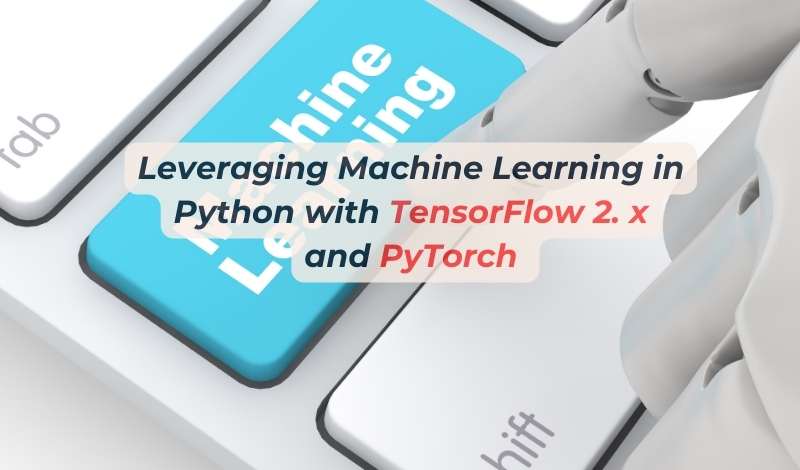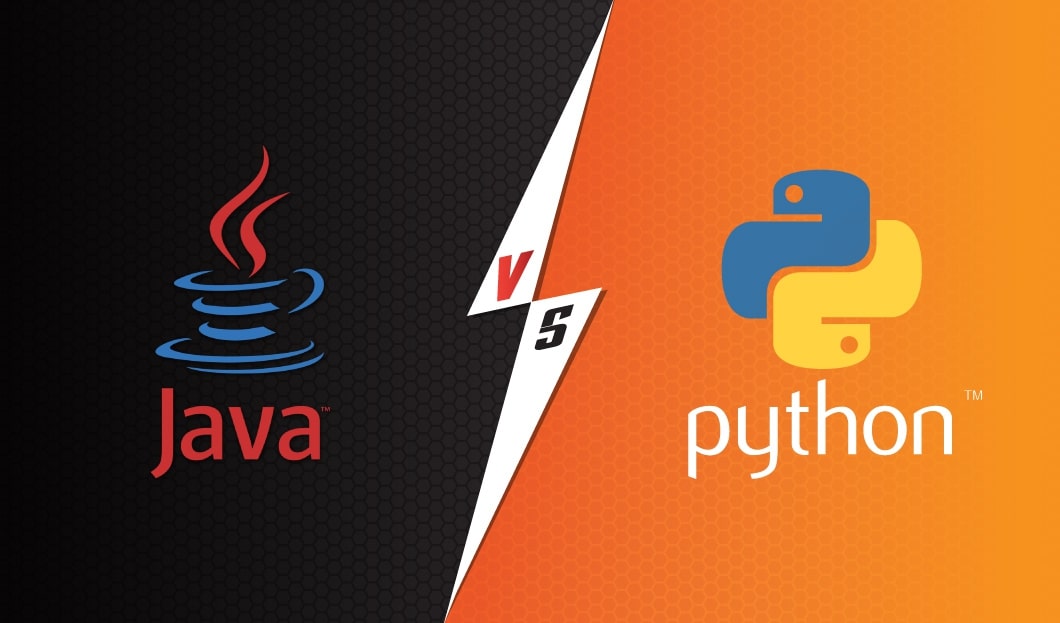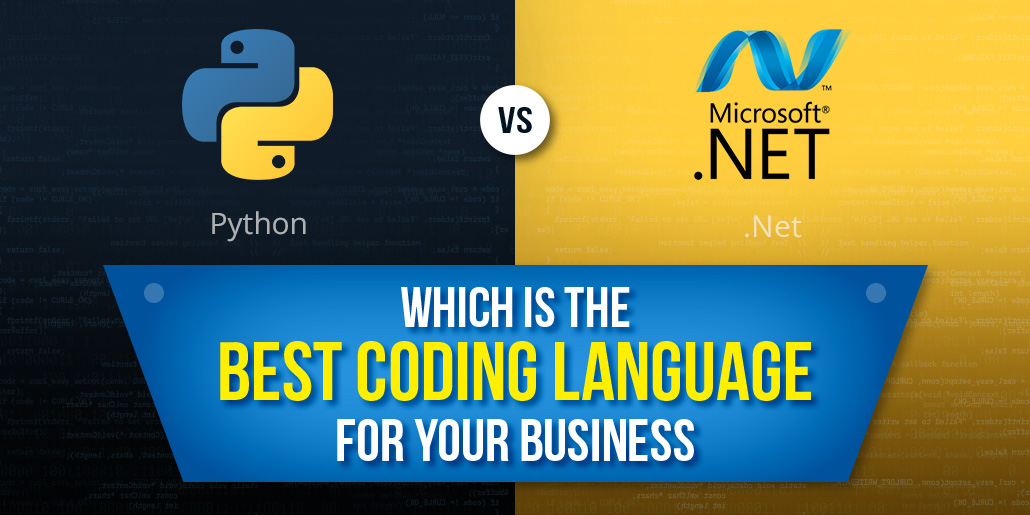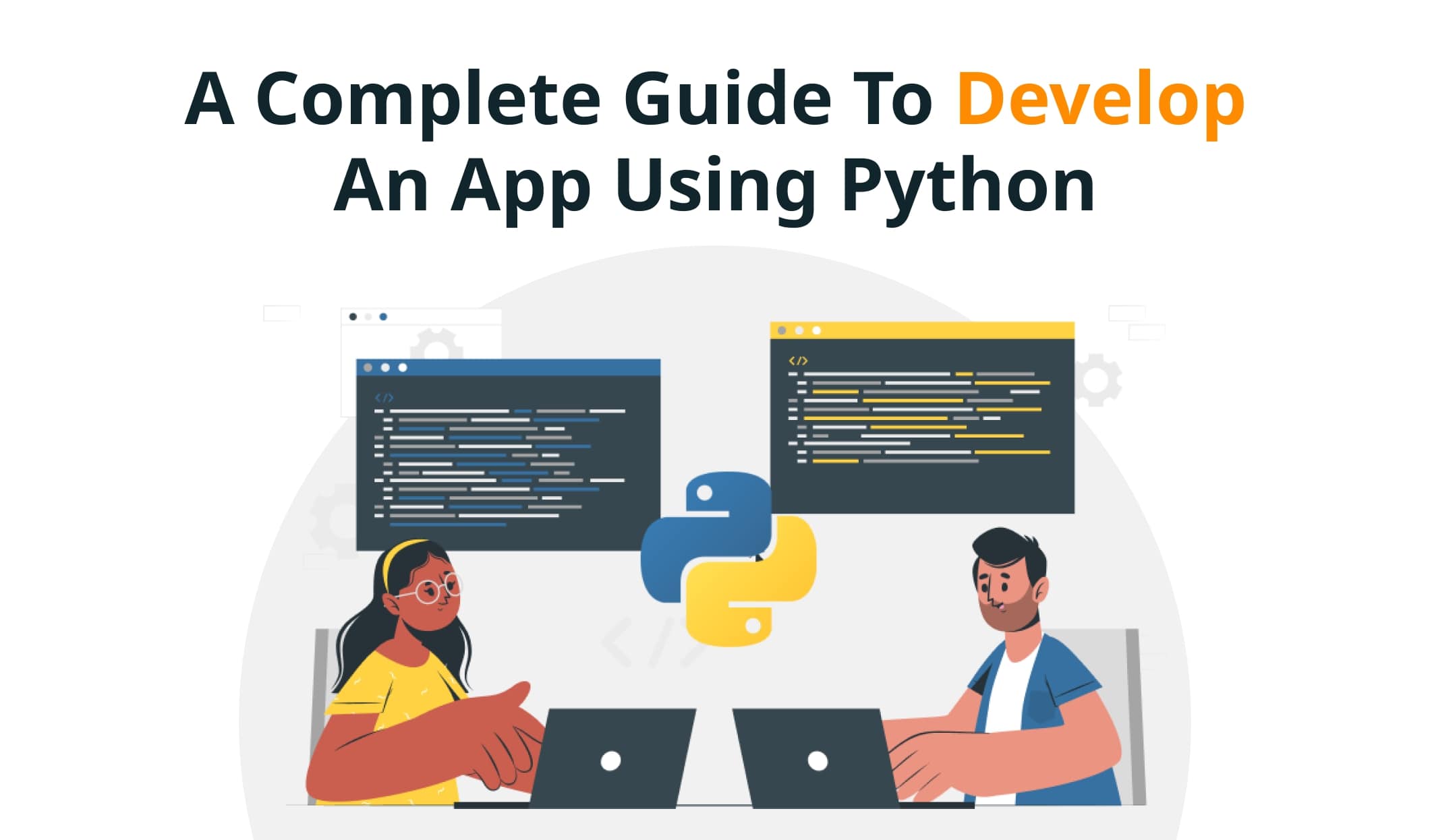How can hiring Python developers and engaging with a Python development company revolutionize businesses using TensorFlow 2.x and PyTorch?
Quick Overview - Discover the remarkable potential of TensorFlow 2.x and PyTorch for Python development in machine learning, showcasing their distinctive features, real-world applications, and their transformative effect on sectors such as healthcare and finance. Gain insights on how hiring Python developers and partnering with a Python development company can catalyze innovation and operational efficiency in projects across various industries.
Python has emerged as a pivotal force in technological innovation, especially in machine learning. Its user-friendly syntax and comprehensive ecosystem have made it the preferred choice for developers and researchers eager to explore the capabilities of machine learning. Leading the charge, frameworks like TensorFlow, PyTorch, and Scikit-learn offer robust, adaptable tools that open up the development of sophisticated algorithms and models to a broader audience.
These frameworks streamline the application of machine learning techniques and expedite the journey from idea to deployment, establishing Python development services as essential in the quest for novel tech solutions. Looking ahead, the collaborative growth of Python and cutting-edge technologies is set to broaden the horizons of machine learning, enhancing its influence across various fields.
In the United States, 34% of businesses have integrated machine learning technologies, while another 42% are evaluating ML with plans for future adoption. An impressive 80% of companies report increased revenues after investing in machine learning initiatives. Furthermore, 57% of enterprises employ machine learning to improve customer interactions and hire Python developers to gain a competitive advantage.
|
Machine learning technology |
Market share |
|
Newsle |
88.71% |
|
TensorFlow |
3.38% |
|
Torch |
2.75% |
|
Other |
5.16% |
Source: Statista.
Machine learning (ML) has revolutionized the way we approach problem-solving and data analysis in various domains. Python, with its simplicity and vast ecosystem, has emerged as the lingua franca for ML projects. Among the plethora of libraries and frameworks available, TensorFlow 2. x and PyTorch stand out due to their flexibility, efficiency, and ease of use. This post explores how these Python frameworks can be leveraged to harness the power of machine learning, highlighting their features, differences, and practical applications.
TensorFlow 2. x: A Deep Dive
TensorFlow, developed by Google, is an open-source machine learning framework that has gained widespread popularity for its comprehensive ecosystem of tools, libraries, and community resources. With the release of this Python framework, TensorFlow 2. x brought significant improvements over its predecessor, focusing on simplicity and ease of use for Python developers without sacrificing flexibility and performance.
Key Features TensorFlow 2.x
- Eager Execution: TensorFlow 2. x introduces eager execution by default, making it more intuitive for developers by allowing immediate evaluation of operations and more straightforward debugging.
- Keras Integration: Keras, a high-level neural networks API, is fully integrated into TensorFlow, making it the default API for model development and training. This integration simplifies the model creation process, enabling businesses who seek to hire Python developers to build complex models with less code.
- TFX for End-to-End ML Pipelines: TensorFlow Extended (TFX) provides a platform to deploy robust, production-ready machine learning pipelines, facilitating components like data validation, model training, and serving.
TensorFlow 2. x Practical Applications in Python
TensorFlow 2. x is ideal for large-scale machine learning projects due to its scalability and extensive ecosystem. It's widely used in applications ranging from natural language processing and computer vision to predictive analytics in finance and healthcare.
1. Natural Language Processing (NLP):
- Sentiment analysis for customer feedback to understand consumer sentiment towards products or services.
- Machine translation services to convert text from one language to another, facilitating global communication.
- Chatbots and virtual assistants for automated customer service, leveraging sequence-to-sequence models for understanding and generating human-like responses.
2. Computer Vision:
- Image classification for identifying objects within images, useful in applications ranging from social media photo tagging to retail (e.g., identifying products in a store).
- Facial recognition for security systems, enabling biometric authentication in various applications from smartphones to smart home devices.
- Object detection and segmentation in autonomous vehicles, allowing for real-time interpretation of the vehicle's surroundings for safe navigation.
Use Cases in Python Projects
Healthcare:
Develop software for medical image analysis for diagnosing diseases from images (e.g., X-rays, MRIs) using convolutional neural networks, significantly improving diagnostic accuracy and speed. Python developers can help develop a system for predictive analytics for patient health outcomes, utilizing historical data to forecast potential health events and personalize patient care plans.
Finance:
Fraud detection systems that analyze transaction patterns to identify and prevent unauthorized financial activity, protecting both institutions and customers can help finance and banking companies.
Algorithmic trading models that use historical data and real-time market feeds to predict stock movements and execute trades automatically, optimizing investment strategies.
PyTorch: A Deep Dive
PyTorch, developed by Facebook's AI Research lab, has rapidly gained popularity for its ease of use, dynamic computational graph, and strong support for GPU acceleration. It's particularly favored by researchers and developers for its flexibility and intuitive design.
Key Features
- Dynamic Computational Graph: PyTorch uses a dynamic computational graph (also known as a define-by-run paradigm), allowing for more flexibility in building complex models. This feature is particularly useful for Python projects where the model structure needs to be changed on the fly.
- TorchScript: PyTorch offers TorchScript to transition seamlessly between eager mode and graph mode, enabling the optimization of models for production deployment without sacrificing the ease of model development.
- Extensive Libraries: PyTorch includes libraries like TorchVision, TorchText, and TorchAudio, simplifying the process of developing applications in computer vision, NLP, and audio processing.
PyTorch Practical Applications in Python
Deep Learning Research:
- Facilitating cutting-edge research in deep learning models, including Generative Adversarial Networks (GANs), for generating realistic images and enhancing creative processes in industries like gaming and film.
- Development of state-of-the-art models in natural language processing, enabling advancements in language translation, sentiment analysis, and automated content creation, critical for global communication and content strategy.
Reinforcement Learning:
- Designing intelligent agents for gaming and simulations that can learn and adapt strategies to maximize rewards, useful in strategic game development and decision-making simulations.
- Application in robotics for autonomous control and decision-making, enabling robots to perform complex tasks in manufacturing, logistics, and service industries through learned behaviors.
Use Cases of PyTorch in Python Projects for Businesses
E-commerce and Retail:
Develop personalized recommendation systems with Python developers to analyze user behavior and preferences to suggest products significantly enhance user experience and increase sales for SMEs and business enterprises.
Inventory management development with Python using predictive models to forecast demand, optimize stock levels, and reduce overhead costs, helps businesses to increase operational efficiency and profitability.
Automotive Industry:
Advanced driver-assistance systems (ADAS) using object detection and classification to enhance vehicle safety by identifying and reacting to road hazards in real time.
Predictive maintenance models that analyze vehicle sensor data to predict potential failures before they occur, reducing downtime and maintenance costs while improving customer satisfaction.
TensorFlow 2. x vs. PyTorch: A Comparative Overview
While both TensorFlow 2. x and PyTorch offer comprehensive ecosystems for ML development, there are key differences that may influence the choice between them:
- Ease of Use: PyTorch is often praised for its intuitive API and dynamic computational graph, which many find more Pythonic and more straightforward to grasp, especially for beginners. TensorFlow 2. x, with its integration of Keras, has made significant strides in usability, making it much more user-friendly than its earlier versions.
- Production Deployment: TensorFlow's TFX and TensorFlow Serving provide a robust framework for deploying machine learning models in production environments. While PyTorch has TorchServe for model serving, TensorFlow's ecosystem is generally considered more mature for end-to-end ML deployment.
- Community and Support: Both frameworks boast large, active communities and extensive documentation. TensorFlow, being older, has a broader range of resources and tutorials available, but PyTorch has seen rapid growth in adoption, especially in the research community.
A comparison table that outlines the key differences between TensorFlow 2.x and PyTorch for machine learning development:
|
Aspect |
TensorFlow 2.x |
PyTorch |
|
Ease of Use |
Integration of Keras makes it user-friendly. Eager execution by default enhances usability. |
Intuitive API and dynamic computational graph make it straightforward and Pythonic. |
|
Production Deployment |
TFX and TensorFlow Serving offer a mature framework for robust ML deployment in production. |
TorchServe provides model serving capabilities, but TensorFlow is seen as more mature. |
|
Community and Support |
Older with a broader range of resources and tutorials. Strong corporate backing from Google. |
Rapidly growing, especially in research. Strong support from Facebook. |
|
Performance |
Highly optimized for both CPUs and GPUs, often preferred for large-scale and complex models. |
Offers dynamic computation, which can be more efficient for certain tasks and models. |
|
Model Development |
Graph-based model development with a focus on static graphs (though eager execution is available). |
Imperative and dynamic model development, offering more flexibility during experimentation. |
|
Learning Curve |
Steeper learning curve initially, but comprehensive documentation helps. |
Generally considered more beginner-friendly due to its straightforward approach. |
|
Framework Maturity |
More mature in terms of features and integration in the industry. |
Younger, but rapidly evolving with a strong focus on research and innovation. |
|
Ecosystem and Tools |
Extensive ecosystem with tools for every stage of ML model development and deployment. |
Growing ecosystem with a strong focus on research tools and flexibility. |
|
Preferred Use Case |
Large-scale industrial applications, complex neural networks, and production environments. |
Research projects, academic use, and applications requiring rapid prototyping. |
|
Language Support |
Primarily Python, with support for other languages through APIs. |
Primarily focused on Python, which is preferred by the ML community. |
|
Visualization Tools |
TensorFlow offers TensorBoard for visualization, aiding in model debugging and optimization. |
Integrates with tools like Visdom and TensorBoard (via tensorboardX), for visualization. |
|
Dataset Handling |
Provides a comprehensive data API for handling large datasets efficiently. |
Offers DataLoader for easy data manipulation and batching, with a focus on flexibility. |
This table encapsulates the strengths and differences between TensorFlow 2.x and PyTorch, providing a snapshot for Python developers to make an informed decision based on their specific project needs, expertise level, and the demands of their machine learning tasks.
Conclusion
The choice between TensorFlow 2. x and PyTorch ultimately depends on specific project requirements, team expertise, and the intended application. TensorFlow 2. x offers a comprehensive ecosystem for end-to-end machine learning pipeline development and deployment, making it suitable for production-level projects. On the other hand, PyTorch excels in research and development settings where flexibility and ease of use are paramount.
Regardless of the choice, both Python frameworks continuously evolve, with regular updates and a strong focus on community-driven development. Hire Python developers who can push the boundaries of what's possible with machine learning, by leveraging these tools, creating innovative solutions to complex problems across a wide array of domains. The journey through machine learning with Python, TensorFlow 2. x, and PyTorch is not just about choosing a top Python framework but about harnessing the collective power of these technologies to explore the future of artificial intelligence.











